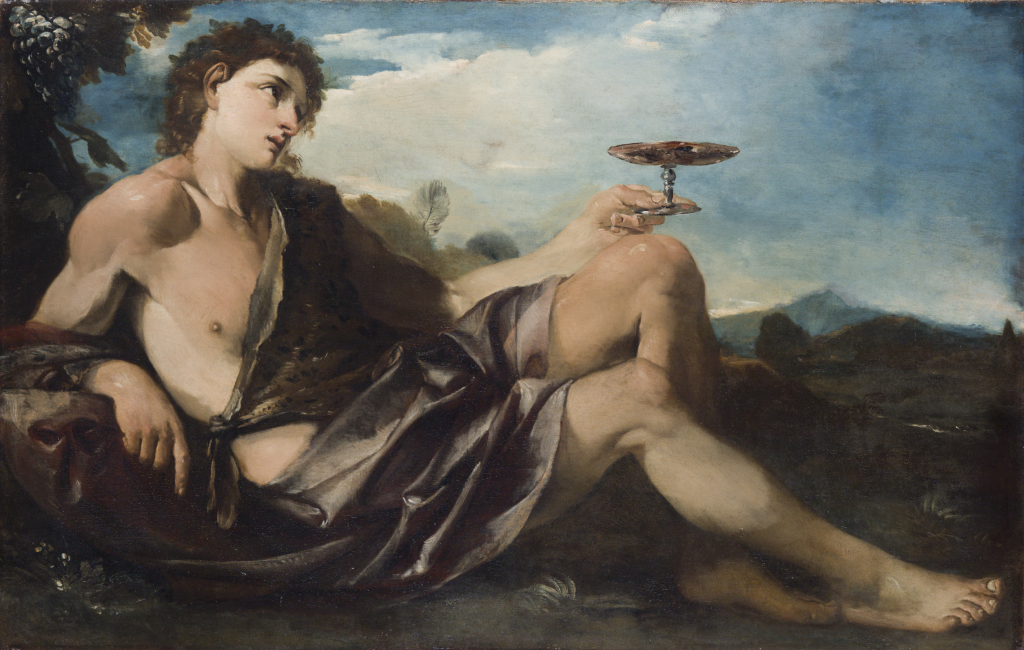
June 1 – July 14, 2019
The exhibition Bernini’s School and Roman Baroque presents a complete panorama of the genres and styles that defined the baroque aesthetics and forged the communicative apparatus, both moral and spiritual, of the Catholic Church. As emblematic examples of the various genres favored by the patrons of the period, the exhibition not only features historical, allegorical, religious and mythological paintings, but also represents genres such as the portraiture, self-portraiture, landscaping and the practice of preparatory sketching for large decorative frescoes, ultimately aimed at elevating the faithful.
The exhibition is conceived as a journey through the world of Italian Baroque. In addition to forty paintings, the exhibition will also feature various decorative items and medals designed by Bernini, and the entire exhibition of visitors offers a comprehensive view of this artistic period, created in Rome in the XVII century, which became known for its grand effects, that characterizes the works of its representatives, from art to architecture, from painting to engraving.
Giovan Lorenzo Bernini (Naples 1598 – Rome 1680) was the greatest strategist and interpreter of the Baroque. The artist’s extraordinary career flourished along half a century across the reign of numerous pontiffs. If, a century earlier, the Council of Trent (1545-1563) had dictated the keywords that would redefine the guidelines of art production; namely “to convince”, “to persuade” and “to convert”, Bernini made his own contribution by including “to marvel” to the equation. A prolific architect and unequalled sculptor, Giovan Lorenzo Bernini also distinguished himself as a painter, a set designer, an actor and a playwriter. His polymorphic curiosity prompted him to constantly explore different fields, generating brilliant and sumptuous decorative apparatuses, in which the magnificence of the materials, the taste for ornamental details and the impulsive expressions of emotions, all conveyed into a perfectly unified accordance between visual arts; The so-called “Belcomposto” (the Beautiful Whole) or “Maraviglioso Composto” (the Marvellous Whole), consisted in a perfectly harmonious synthesis between sculpture, architecture and painting, all reified into a single spatial unity. The result of such aesthetic endeavour was to visualize the unreachable within an accessible reality, and eventually inspire an undisputed devotion. (Francesco Petrucci, Pittura Barocca romana, 2018).
During his long and productive career, Bernini also experimented with numismatics (he designed several honorary medals of which we have some examples in this exhibition) and furniture, including upholstery, doors, blankets and leather wall hangings, also known as Cordova wall hangings, which fashion had been introduced by the Arabs in Spain during the fourteenth century, and of which we here present a rare example designed by the master himself. The kaleidoscopic and transversal exercise of Bernini’s talents reflects both the strategic ambition of the baroque expression and the extent of its influence in contemporary aesthetical, political and religious spheres.
The exhibition is organised in the collaboration with the Embassy of Italy in Bosnia and Herzegovina.
